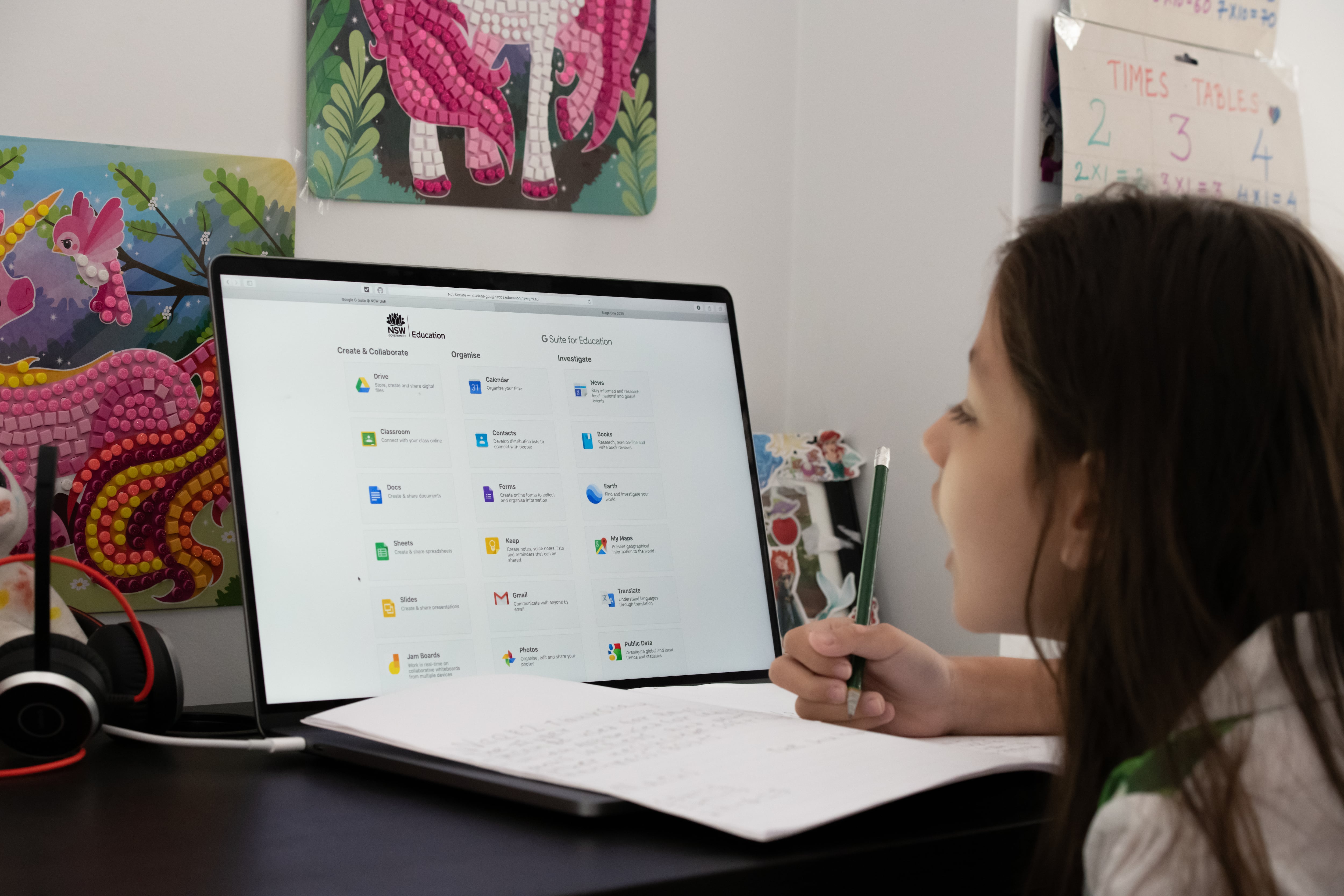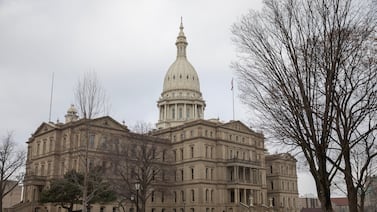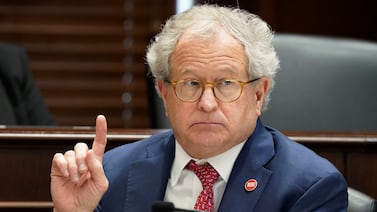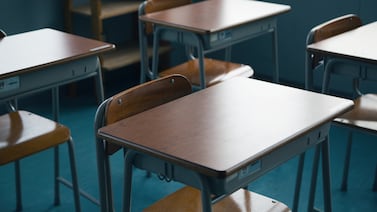When schools closed across New York City in March because of the coronavirus pandemic, the school building became virtual, and the home became the classroom.
Educators like me were suddenly depending on technology to get ideas and skills across to their students. But for our school in Corona, Queens, one of the areas of the city where the pandemic would hit hardest, the real key to reaching our students turned out to be the new relationships we developed with parents.
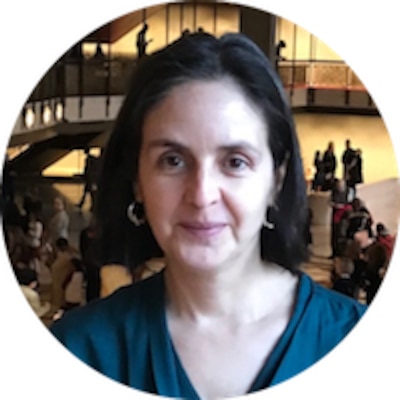
Before the pandemic, the school building was where we expected students to learn the language of school. And though we emphasized the importance of parent involvement, parents were typically informed about their child’s progress in the traditional ways — ClassDojo, newsletters, progress reports, report cards, and parent-teacher conferences.
Parents in our community are very busy, and many work several jobs. Our school worked hard to flexibly respond to parents’ schedules, meeting with parents before school, during lunch and after school, for example. But we struggled to foster a stronger bond between school and home.
The pandemic changed everything. When the lockdown started, parents of children in early grades were right next to their children as they participated in lessons. As I taught, parents were there to fix technology issues, clarify assignments, and answer questions.
After I logged off, I know parents were there to urge, encourage, and cajole their young scholar. Parents were there asking students to persuade and convince; asking to add more details to their writing; asking them to look at their checklists. Parents were there asking students to compose and decompose, about number bonds and assessments. And they were doing it all while friends, family, and neighbors were suffering with the coronavirus.
It was an emotional experience for everyone. Educators, parents and students were getting to know each other in a different way.
So much of this academic interaction had been happening before the pandemic, too, but it had been invisible to teachers because we had been working in separate spheres. Seeing parents using academic language in the home — sometimes in Chinese, Bengali, or Spanish as well as English — made me realize I had been underestimating parents’ potential to be real partners.
I also watched my colleagues adjust. When some students turned in work that was more polished than usual, some thought that parents were doing the work for students. But, of course, any time students have one-on-one support their work will look very different than when 24 students are sharing the attention of one teacher. So the work being more polished is a natural result of the different context.
Teachers started to realize that the work was actually improving because of our parents’ commitment to supporting their children in this arena. And these concerns opened a conversation between teachers and parents about education being a process, not a polished product.
This experience has been a lesson for educators like me. We talk about meeting our students where they are, academically and emotionally, by building on their strengths and assets. But we don’t talk enough about families, one of students’ biggest assets.
When parents go back to work and students go back to school, I hope this partnership carries on. We should be sharing more of our professional knowledge and experience with parents.
We should also make time to survey parents about what they need from schools. Some communities may need more help closing the digital divide, while others will want more information about curriculum or strategies to help students gain independence.
This relationship can also go in a different direction, with teachers learning from families and families learning from one another. I hope we can find ways to allow parents to showcase their best practices from home so teachers can learn what the learning process looks like in a different context and plan accordingly, especially for teaching students with disabilities.
Next year might be another year of interruptions and hardship. No matter what happens, my goal will be to welcome parents more fully into the world of school, giving us all more tools to navigate that uncertainty with confidence.
Christina Armas is an English as a New Language teacher who worked in early childhood at Pioneer Academy, P.S. 307, in Queens.

